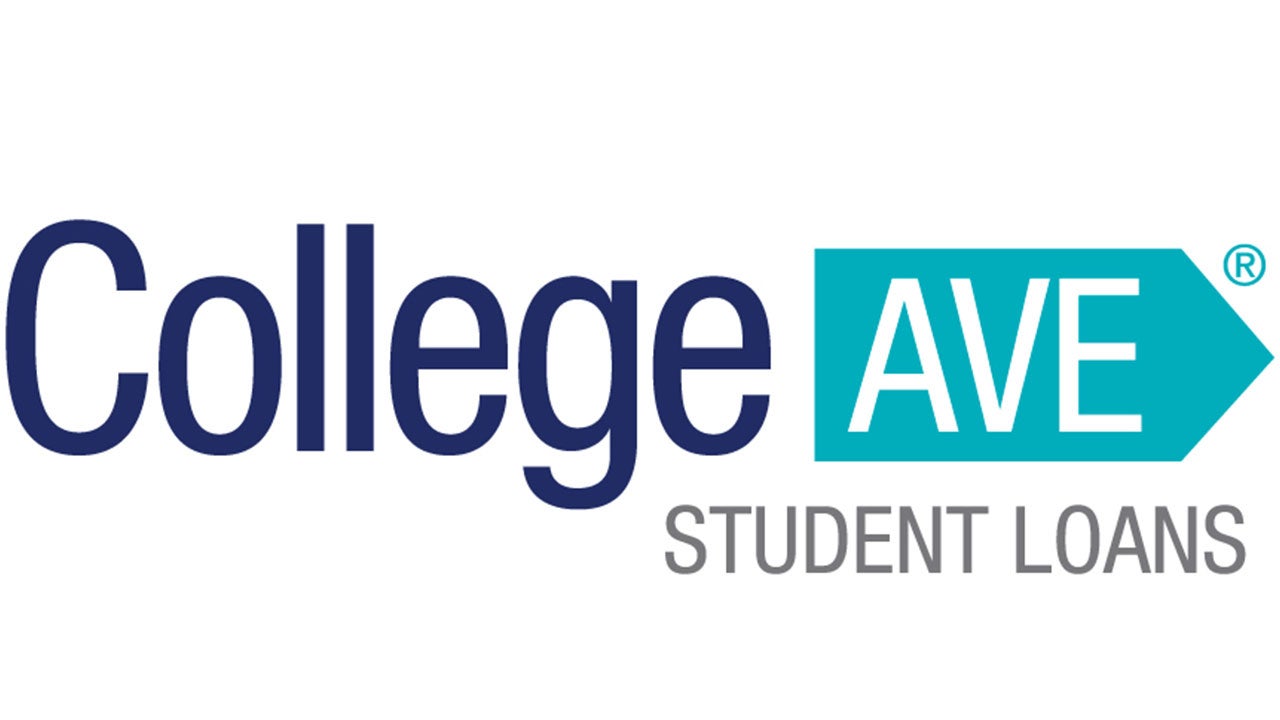The best student loanss: The Ultimate Guide to Student Loan Debt
Can you believe there are people out there who aren’t aware of the best student loans?
I know. It’s crazy. And it’s time to fix that by teaching people about some of the best student loans available.
The first thing you’re going to want to do is to look at the interest rate. Most people don’t realize that interest rates can fluctuate, so if you see a low APR (annual percentage rate), that may not be such a good deal after all.
The second thing you’ll want to look at is whether or not there are any fees associated with using this loan program. Some companies have hidden fees that will end up costing more than just the principal balance when it’s time for you to pay off your loan!
Sofi student loan refinance
is a great option for those who have already graduated from college but are still paying off their student loans. This can be a good way to save hundreds of dollars in interest payments over time, so it’s definitely worth looking into. The third thing you’ll want to look at is whether or not there are any fees associated with using this loan program.
Some companies have hidden fees that will end up costing more than just the principal balance when it’s time for you to pay off your loan! Sofi student loan refinance is a great option for those who have already graduated from college but are still paying off their student loans. This can be a good way to save hundreds of dollars in interest payments over time, so it’s definitely worth looking into.
Mba loan
This type of loan can help you pay for business school, and it’s also a great option for those who are looking to get an MBA but don’t have the money to pay for it out of pocket. The best part is that these loans tend to be very competitive in terms of interest rates and repayment options, so you can usually find something that works within your budget.
keywords: Sofi student loan refinance, the best student loans
Graduate Student Loan Basics: Everything You Need to Know
Graduate school is expensive. It costs thousands of dollars per year just to attend classes. And once you’ve graduated, you might find yourself with tens of thousands of dollars worth of debt.
Grad school is great, but it also comes with a lot of stress. There’s always something else going on in your life, and sometimes you feel like you’re not making any progress towards your goal.
If you’re feeling overwhelmed by your graduate school loan payments, then read on. In this post, I’ll share my tips for paying down your graduate school loans as fast as possible.
I’m sure you’ll agree that these tips will help you save tons of money over the long run.
You don’t want to miss out on what could be one of the best decisions you make in your life. If you’re thinking about applying for federal student loans, it’s important to know how much money you qualify for and what type of loans you can apply for. Federal student loans come in several different forms including subsidized, unsubsidized, and PLUS loans.
What types of federal student loans exist?
There are three main types of federal student loans: Subsidized Loans, Unsubsidized Loans, and Parent Plus Loans.
Subsidized Loans: These loans are offered by the government and work like grants. They’re designed to help students pay their way through school. This program is called Direct Student Loan Program (DSLP). Under this program, eligible borrowers receive a low interest rate.
Unsubsidized Loans: These are loans that are not guaranteed by the government. However, there are some benefits to having an unsubsidized loan. For example, you won’t have to start making payments until after graduation. Also, you won’t have a monthly payment while you’re still enrolled in school.
Parent Plus Loans: Parents can use these loans to cover part of their child’s education costs. The parent borrower makes regular payments toward the principal amount borrowed. When the loan reaches maturity, repayment begins.
What is a graduate student loan?
Graduate student loans are federal loans available to students who wish to pursue advanced degrees at accredited colleges and universities. They’re typically offered through private lenders, rather than banks.
They come in two types: subsidized and unsubsidized. Subsidized loans require no payments until after graduation, when borrowers begin repaying the principal amount borrowed plus interest. Unsubsidized loans require full repayment within 10 years.
Both types of loans offer flexible payment options, including monthly installments, biweekly installments, and deferred repayments. The most common repayment option is a fixed rate of interest over a specified period of time.
Federal subsidized loan are usually better suited for undergraduate students because they often carry lower rates of interest than unsubsidized loans. However, unsubsidized loans may be preferable for graduate students because they allow them to borrow more money.
Keywords: federal subsidized loan, graduate student loan
